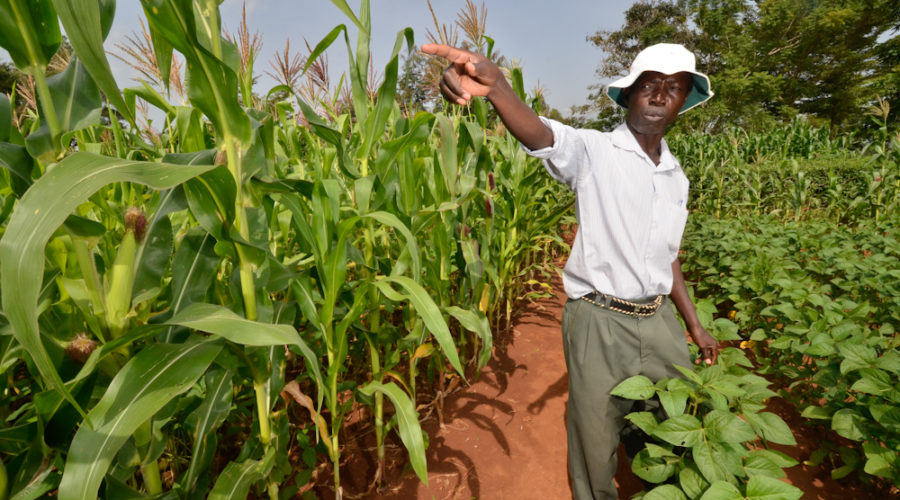
In 2003, the International Center for Tropical Agriculture (CIAT) designed a set of long-term trials in Kenya to assess sustainability and productivity effects of a set of management practices. These practices included conservation agriculture (CA), a combination of mulching, reduced tillage, and crop rotation, which has since grown to be widely promoted across Eastern and Southern Africa (ESA) with good results. After fifteen years of consistent assessment, two conservation agriculture technologies involving reduced tillage and residue retention for maize-maize and maize-soybean rotation are among the three systems identified as the most desirable. The selection is based on multiple criteria: 1) yield stability over time, 2) high yields under variable weather 3) profitability and 4) soil carbon maintenance. There is also evidence of real and perceived benefits of CA encountered across time and space under the Sustainable Intensification of Maize-Legume Systems for Food Security in Eastern and Southern Africa (SIMLESA) project especially when CA is implemented consistently for at least four years.



